Types of Dry Herb Vaporizers
Are you new to the world of vaping and looking to purchase your very first vaping device? Well, you have definitely come to the right place. There are several types of dry herb vaporizers classified based on different characteristics. Choosing from these can be quite hard, especially if you are just starting out. That is why we have created a comprehensive guide to the different types of vaporizers so you can select the one perfect for you.
Size of Vaporizer
One of the most important factors to consider while buying a vape is to know where you are planning to use it. If you want to take one with you everywhere, then it needs to be portable. If the idea of smoking at home while watching your favorite sitcom with your friends is your jam, then consider a desktop vaporizer.
Portable Vaporizer
Portable Vaporizers are by far the most famous type of vapes in the market. This is primarily due to the size that they come in – usually fitting into the palm of your hand. It is a simple vaping solution that you can carry wherever you go. Each brand relies on its heating method to give you the best puff possible.
Aside from the portability and the discreet nature of the device, one of the biggest plus points is that these are battery-operated. Thus, you don’t need a plug point to operate it. At the same time, having a battery means that you will have to recharge your vape several times throughout the day if you regularly smoke up. Fortunately, devices like the Arizer Solo II make it so that can enjoy a session while you are charging your device.
Desktop Vaporizer
As the name states, a desktop dry herb vaporizer is much a larger vape that sits comfortably on tables. Thanks to its large size, this is a perfect machine for preparing larger doses when you are having a party and would like to share the vapor around.
The main downside to using this kind of vaporizer is that you will need to plug them in and the obvious lack of mobility. However, thanks to the extra power, you can use heating methods like convection or induction easily for a better flavor profile. Moreover, intake via a balloon or a long whip cools the vapor down considerably before it reaches you making for a much more comfortable puffing experience compared to portable vapes. The Arizer XQ2 is one of the best desktop vaporizers currently available on the market.
Based on Heating Method
Most of you probably already know this, but the way a vaporizer works is by heating the herbs till the oils are released in the form of vapor. This typically occurs in the 350⁰F -450⁰F range. Now, the way the herbs are heated can matter quite a lot in terms of flavor. The main difference in the various types of dry herb vaporizers that one can find is in the kind of heating technique they use.
Combustion Vapes
This kind of dry herb vaporizer is slightly controversial. Combusting literally means to light something on fire. In this type, the herbs are ignited via a heating coil inside the vape pen and you can inhale the smoke that is produced as a byproduct. Thus, many people argue this is a bit like e-cigarettes rather than vaporizers. The downsides to this kind of vaping are the ash-like taste that you might get, the extra odor that leaks out during your sessions, and no precise temperature control to suit your tastebuds. On the plus side, since these are the simplest forms of “vapes”, they are incredibly cheap and convenient compared to the other types listed in this article.
Conduction Vapes
In conduction vapes, the herbs do not come in direct contact with the heating coil. Instead, the glass or ceramic surface is heated up to the desired temperature to vaporize the herbs for your pleasure. This means that your herbs have very little chance of actually catching on fire (yes there still is a chance), and thus no ash flavor.
Due to the ceramic or glass heating chamber, the cleaning and maintenance are super easy. The precise temperature control also lets you tune the taste to how you like it. The only downside is that since conduction is used, not all your herbs will get heated up in the same way, and thus there may be variations in flavor depending on how it has been packed.
Convection Vapes
Convection is the process of transfer of heat through some fluid. In this case, hot air is used to heat the herbs and vaporize them. As there is no direct contact with the heating element, there is absolutely no chance of you burning your herbs.
Owing to this unique method of heating the herbs, you end up getting an evenly cooked batch of herbs. Unfortunately, though due to convection, it takes a bit longer to heat up and due to the complexity of the device, usually these are sold as desktop vapes rather than portable ones. Moreover, they do tend to get a bit pricey.
Hybrid Vapes
As the name suggests, hybrid vapes are a combination of convection and conduction heating methods. It combines the heating element of the conduction method along with hot air that passes through your product generally through a hot oven that heats the air near the product.
This results in much faster heat-up times without the risk of burning any of the herbs. It is also more energy-efficient, meaning your battery will last that much longer. The two heating sources however cause the vapor to be rather hot while consumption, especially if the mouthpiece isn’t very long. So, some users may find it a bit uncomfortable to inhale at the set temperatures. The Walnut Firewood 7 is a great example of a premium vaporizer that uses such a system. If you want something a bit more budget-friendly and compact, the Dynavap M is a no-brainer.
Firewood vapes fit in this category
Dynavape is another great example!
Induction Vapes
Vaping by the method of induction is probably one of the most complex things out there. To oversimplify it, a magnetic field generates a current in a metal which causes this metal to heat up. Sounds like Voodoo, right?
But thanks to the precise control that this offers, it is one of the safest and the quickest ways to start up your session. Sadly, since the technology is complicated (and slightly bulky), this type of heating is usually seen only in desktop vapes. Then again, they can be used as heating elements for your vaping pens too as offered by Dynavap.
On Demand Vaporizer
On-Demand Vaporizer
The On-demand vaporizer, as the name states, hits you with a puff of smoke whenever and wherever you want. Like the session vaporizer, the reason for this is the heating systems used in them. Convection or Induction Vapes can be considered as on-demand vaporizers as it is very easy to control when to turn the heating on and off in such vapes.
These are perfect for micro-dosing, and you need not worry about having to finish the session once you start it. Moreover, the heat-up times are much faster and since you only power it up when you want to take a puff, it generally consumes less power. However, you might have to stir the herb bowl occasionally, for optimum taste. Some other downsides are the small size of the bowl and the learning curve to mastering the correct draw technique that suits your tastes.
Conclusion
Hopefully, this article helped you understand all the basic types of dry herb vaporizers that exist. Each company generally puts its twist on these technologies, but the essence of them remains the same. In conclusion, if you are looking for a budget-friendly device to start your vaping journey, go for the combustion or conduction vapes. For the vaping connoisseur – convection, hybrid, or induction vapes are the way to go. If you live in a house where all of you enjoy a good smoke, consider buying a desktop vape instead of a portable one. However, if you still want a vape that can be shared between friends and something you can carry with you, purchase a portable session vaporizer. No matter which type of vape you choose, especially if it’s one of the devices we recommended in this article, we are sure you will have a great time!

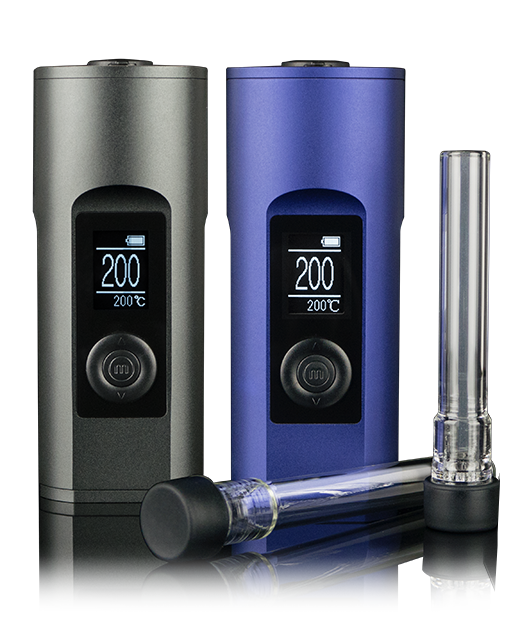

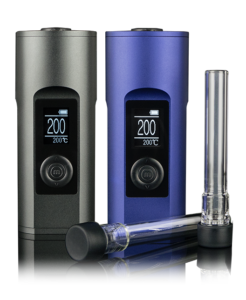
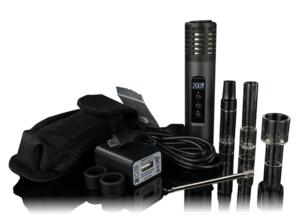
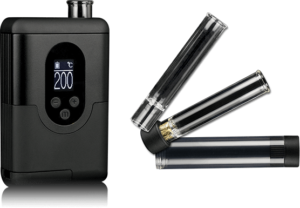
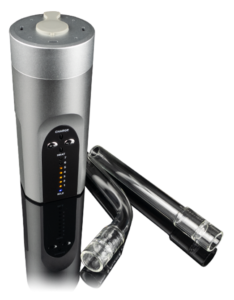

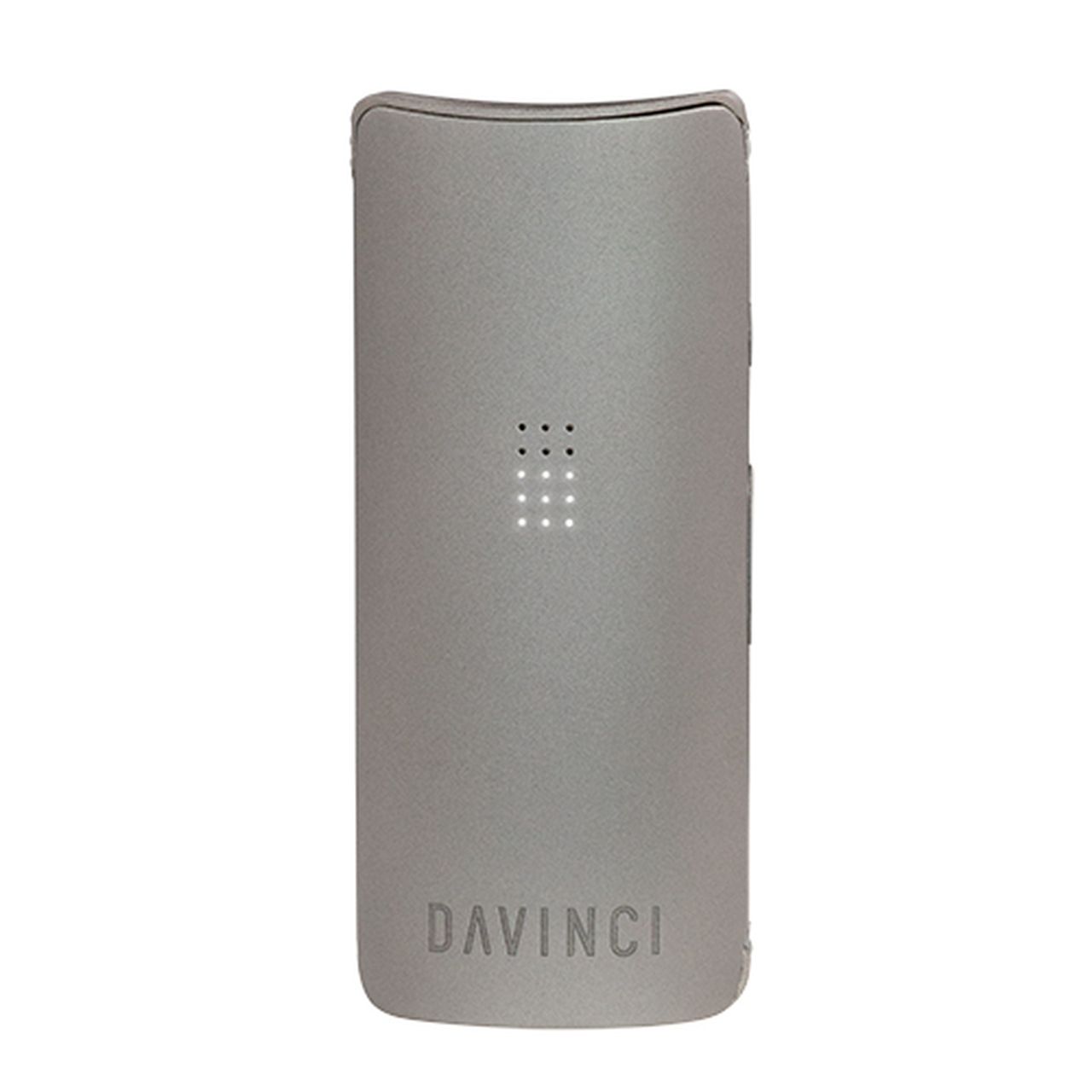
Leave a Reply